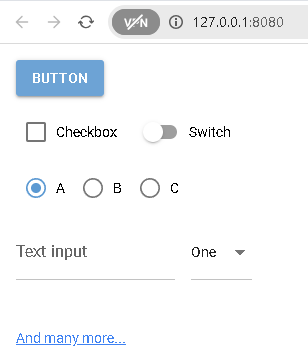A few days ago I tested this functionality named Federated Message Bus of the Linux distribution called Fedora.
Federated Message Bus is a library built on ZeroMQ using the PyZMQ Python bindings. fedmsg aims to make it easy to connect services together using ZeroMQ publishers and subscribers.
You can use this python package named fedmsg to use this functionality ...
This is the source code :
import fedmsg
from fedmsg import *
import os
# Set the routing_nitpicky flag to True
os.environ['FEDMSG_ROUTING_NITPICKY'] = 'True'
config = fedmsg.config.load_config([],None)
config['mute'] = True
config['timeout'] = 0
for name, endpoint, topic, msg in fedmsg.tail_messages(**config):
print ("name ", name)This is the result :
[mythcat@fedora FedoraMessaging]$ python fedmsg_001.py
No routing policy defined for "org.fedoraproject.prod.copr.build.start" but routing_nitpicky is False so the message is being treated as authorized.
name fedora-infrastructure
No routing policy defined for "org.fedoraproject.prod.copr.chroot.start" but routing_nitpicky is False so the message is being treated as authorized.
name fedora-infrastructure
No routing policy defined for "org.fedoraproject.prod.github.check_run" but routing_nitpicky is False so the message is being treated as authorized.
name fedora-infrastructure
No routing policy defined for "org.fedoraproject.prod.github.pull_request_review" but routing_nitpicky is False so the message is being treated as authorized.
name fedora-infrastructure
No routing policy defined for "org.fedoraproject.prod.github.pull_request_review_comment" but routing_nitpicky is False so the message is being treated as authorized.
name fedora-infrastructure ... 


